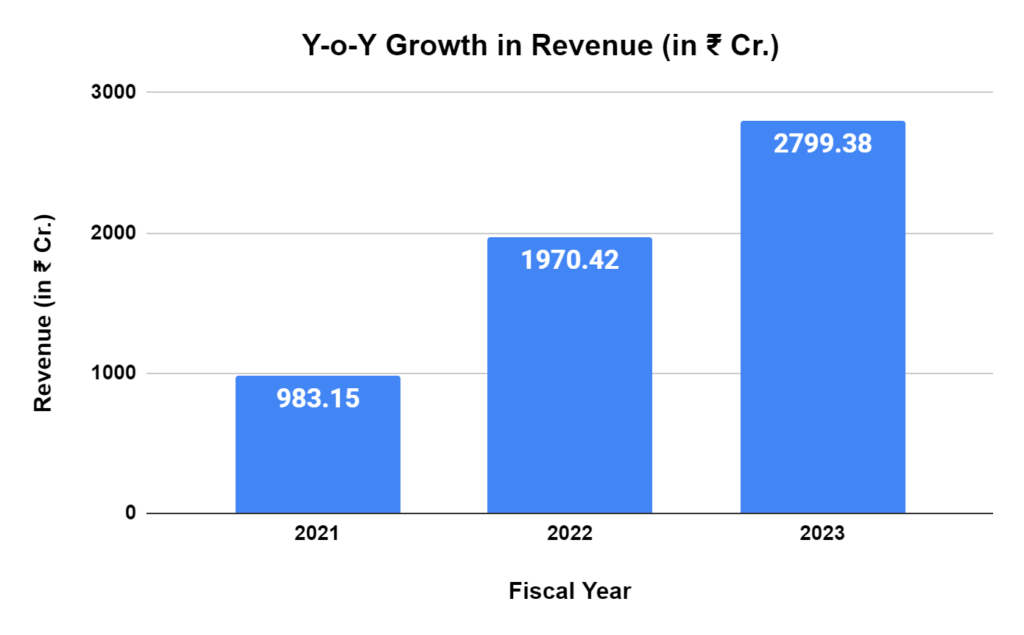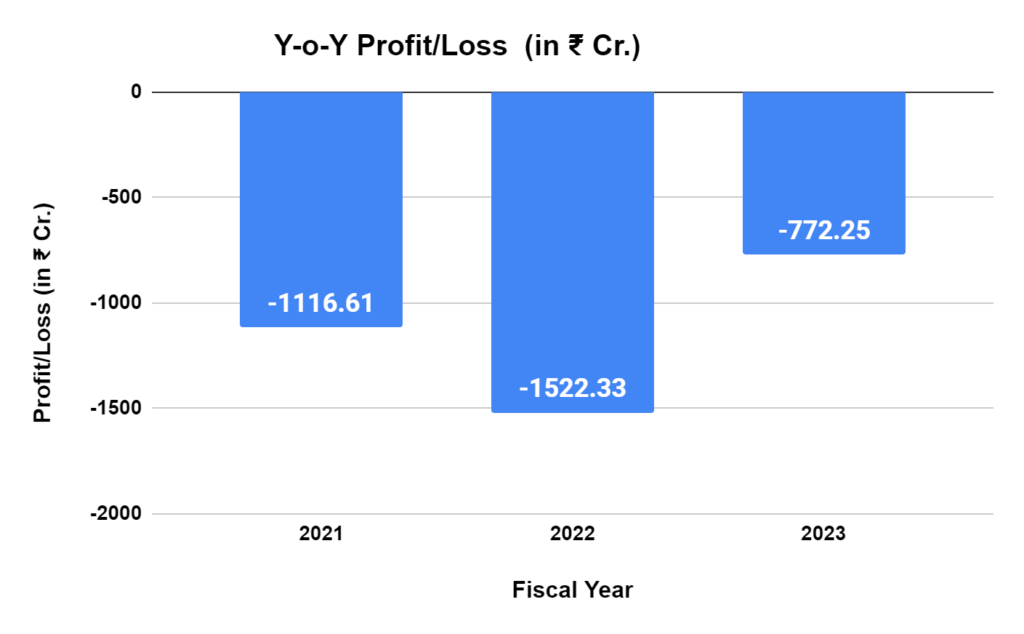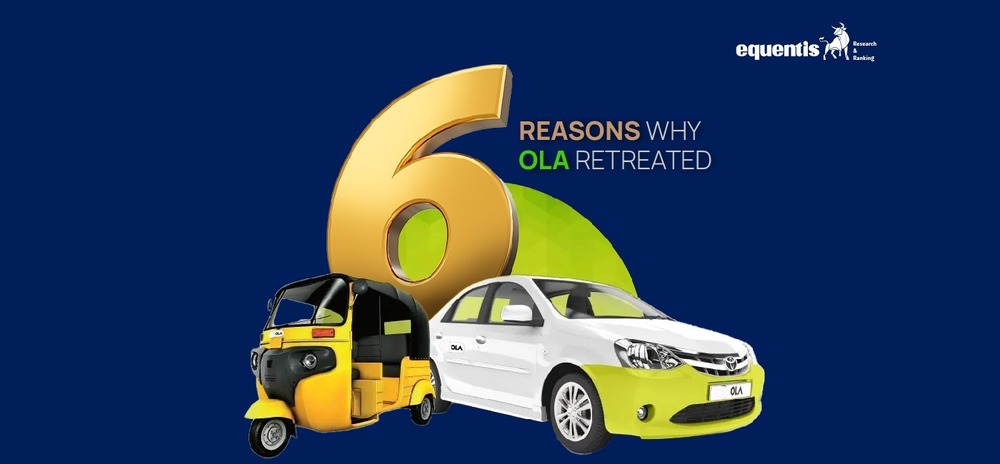From hailing a cab with a tap on your phone to tracking its arrival in real-time, ride-hailing apps like Ola have become an undeniable part of our daily lives, offering convenience and ease of transportation. But did you know Ola once aimed to replicate this success globally?
Their international expansion plans were ambitious, but the reality abroad wasn’t quite as rosy. So, what went wrong? Let’s explore the reasons behind their quiet exit from the global stage and see if this ambitious move was a misstep or a strategic shift.
Setting the Stage for a Global Ride
Back in 2018, Ola was on a roll. It was a unicorn, a startup valued at over a billion dollars and hungry for expansion. The target? Established ride-hailing markets like the UK, Australia, and New Zealand, where Uber held a strong position. They saw an opportunity to challenge Uber on its home turf, offering riders an alternative in these high-value markets.
The strategy wasn’t subtle. The company made a splashy entrance, hiring big names to lead its international charge. They aimed to win market share and boost their overall valuation by earning in stronger currencies.
Unfortunately, Ola’s international ambitions didn’t quite translate to reality. The initial excitement fizzled out. Though they aimed to be a significant player, taking the fight to Uber in its backyard, the dream turned sour quickly.
Top 6 Reasons Behind The Quiet Exit
- High Hopes, Harsh Reality
They hired high-profile executives and built a 200-person international team. Leadership changes plagued the international teams, with key hires leaving quickly. Employees in those regions were told to expect layoffs within a week, and Australian media reported an abrupt shutdown with no warning as of April 12th, 2024.
- A Rocky Road Abroad
Those familiar with Ola’s international story point to challenges beyond a strategic pivot. Efforts to localize, like offering rickshaws in the UK, failed to gain traction. Ultimately, its international endeavors remained small, with the UK operation reportedly losing nearly £5 million last year.
- Scaling Up and a Global Crisis
Challenges in scaling operations and integrating into these established markets became evident. The pandemic didn’t help either. As Olacabs was trying to establish itself in these new markets, COVID-19 struck, disrupting its plans and further hindering growth. When things started recovering, Olacab’s international operations were already struggling.
- The Cost of Going Global
Maintaining international operations is expensive. Estimates suggest that shutting down these markets could save the company ~$15 million annually. It is significant considering Ola’s challenges with profitability in its domestic Indian market. With Uber and other players upping their game in India, Ola needs to focus its resources closer to home.
- Cutting Losses, Focusing on Home Turf
Shutting down these markets could save Ola millions annually. In recent years, the company reportedly scaled back on high-profile hires abroad, managing operations remotely from India. This retreat also reflects difficulties in Ola’s domestic business. A challenging funding environment and ongoing profitability struggles limit their ability to support international ambitions.
- Shifting Gears: Electric Dreams in India
Ola cites its focus on electric mobility in India as a key reason for the retreat. The company claims its domestic ride-hailing business is profitable and thriving, and it sees a future dominated by electric vehicles. This strategic shift makes international ventures less appealing.
Thriving at Home: A Different Story in India
While international markets proved challenging, Ola’s domestic story was a tale of two halves. Back in India, the company’s parent entity, ANI Technologies, saw a remarkable turnaround. Revenue soared 42% to ₹2,799 crore in FY23, compared to ₹1,970 crore the year before. Even better, losses were nearly halved, dropping to ₹772 crore in FY23 from ₹1,522 crore.


Signs Were There
Looking back, there were hints of Ola’s waning interest in international markets. Social media activity in these regions dwindled significantly, with the last tweets from Ola UK and Ola Australia dating back to mid-2021. These seemingly minor details paint a picture of an operation that wasn’t fully committed.
To conclude
Ola Cabs’ international story is a cautionary tale of ambition meeting reality. While they initially aimed to disrupt established players, challenges at home and abroad ultimately forced them to refocus on their core Indian market. This move allows them to pursue electric mobility goals and potentially improve their financial health.
The company is doubling its electric vehicle push in India, hoping to regain momentum in a familiar space. Only time will tell if this strategic shift will be enough to secure Ola’s long-term future. But for riders who once relied on Ola in other parts of the world, it’s a farewell with little fanfare.
*Disclaimer Note: The securities quoted, if any, are for illustration only and are not recommendatory. This article is for education purposes only and shall not be considered as recommendation or investment advice by Research & Ranking. We will not be liable for any losses that may occur. Investment in securities market are subject to market risks. Read all the related documents carefully before investing. Registration granted by SEBI, membership of BASL, and certification from NISM in no way guarantee the performance of the intermediary or provide any assurance of returns to investors.
How useful was this post?
Click on a star to rate it!
Average rating 5 / 5. Vote count: 1
No votes so far! Be the first to rate this post.
I’m Archana R. Chettiar, an experienced content creator with
an affinity for writing on personal finance and other financial content. I
love to write on equity investing, retirement, managing money, and more.
-
Archana Chettiarhttps://www.equentis.com/blog/author/archana/
-
Archana Chettiarhttps://www.equentis.com/blog/author/archana/
-
Archana Chettiarhttps://www.equentis.com/blog/author/archana/
-
Archana Chettiarhttps://www.equentis.com/blog/author/archana/

